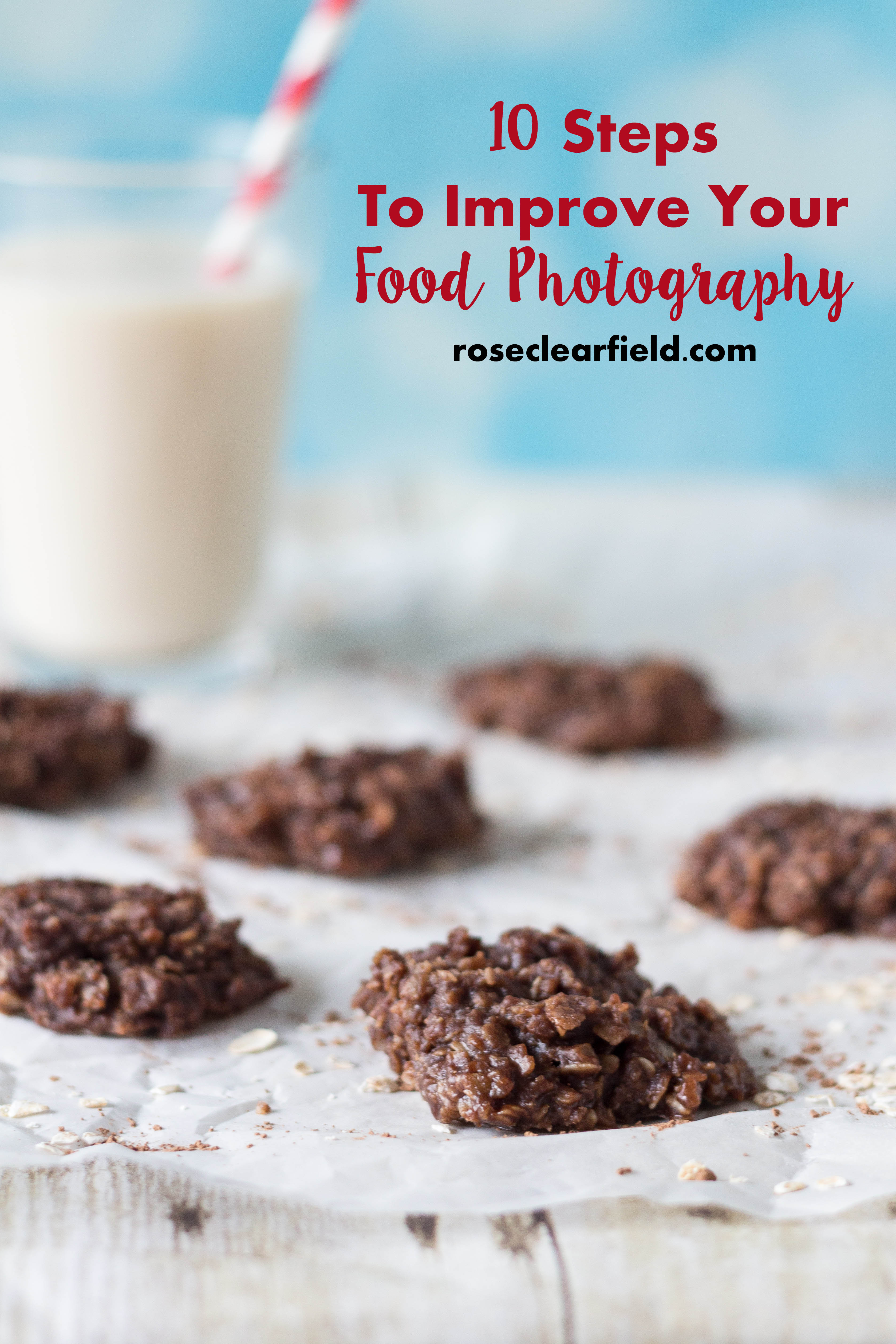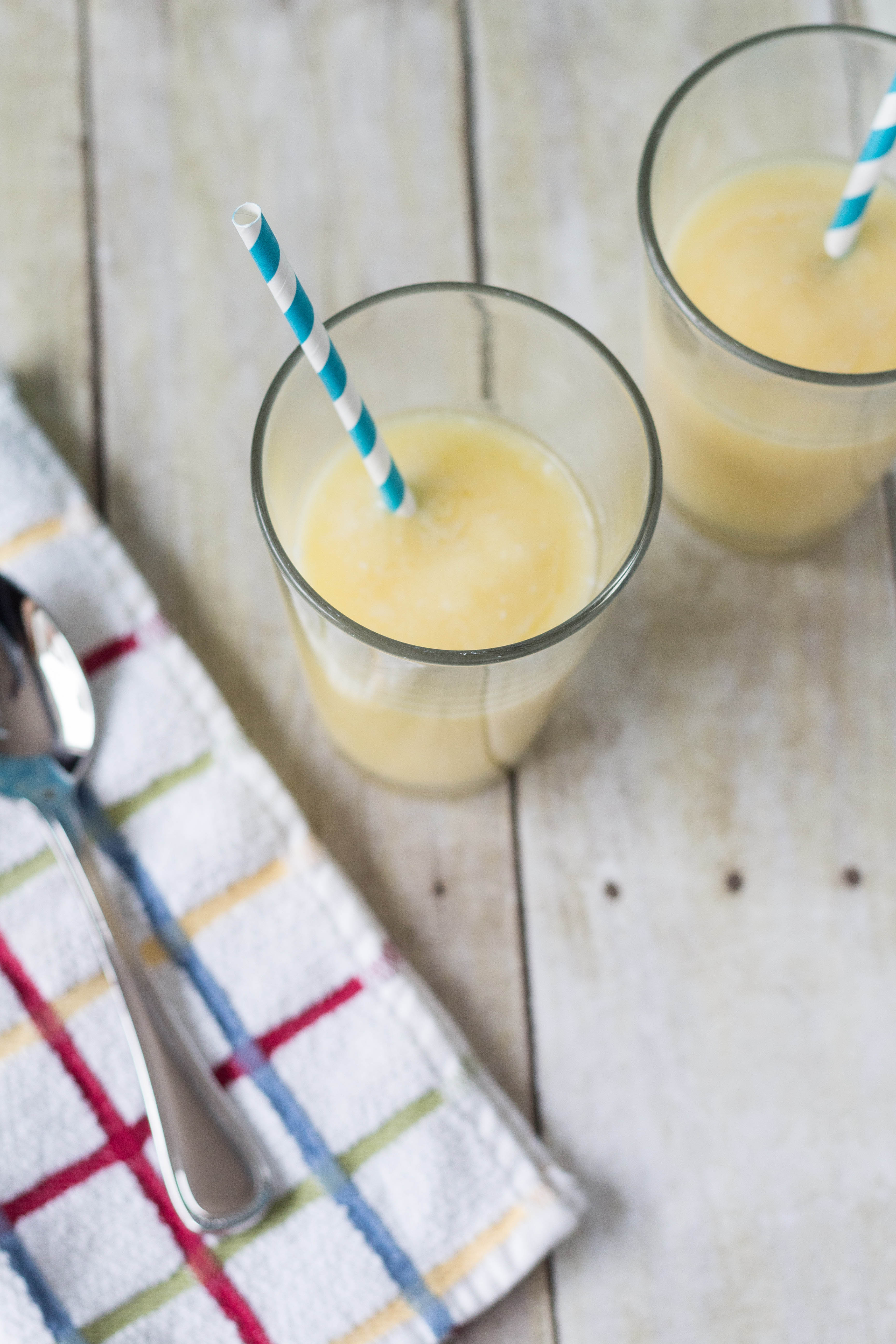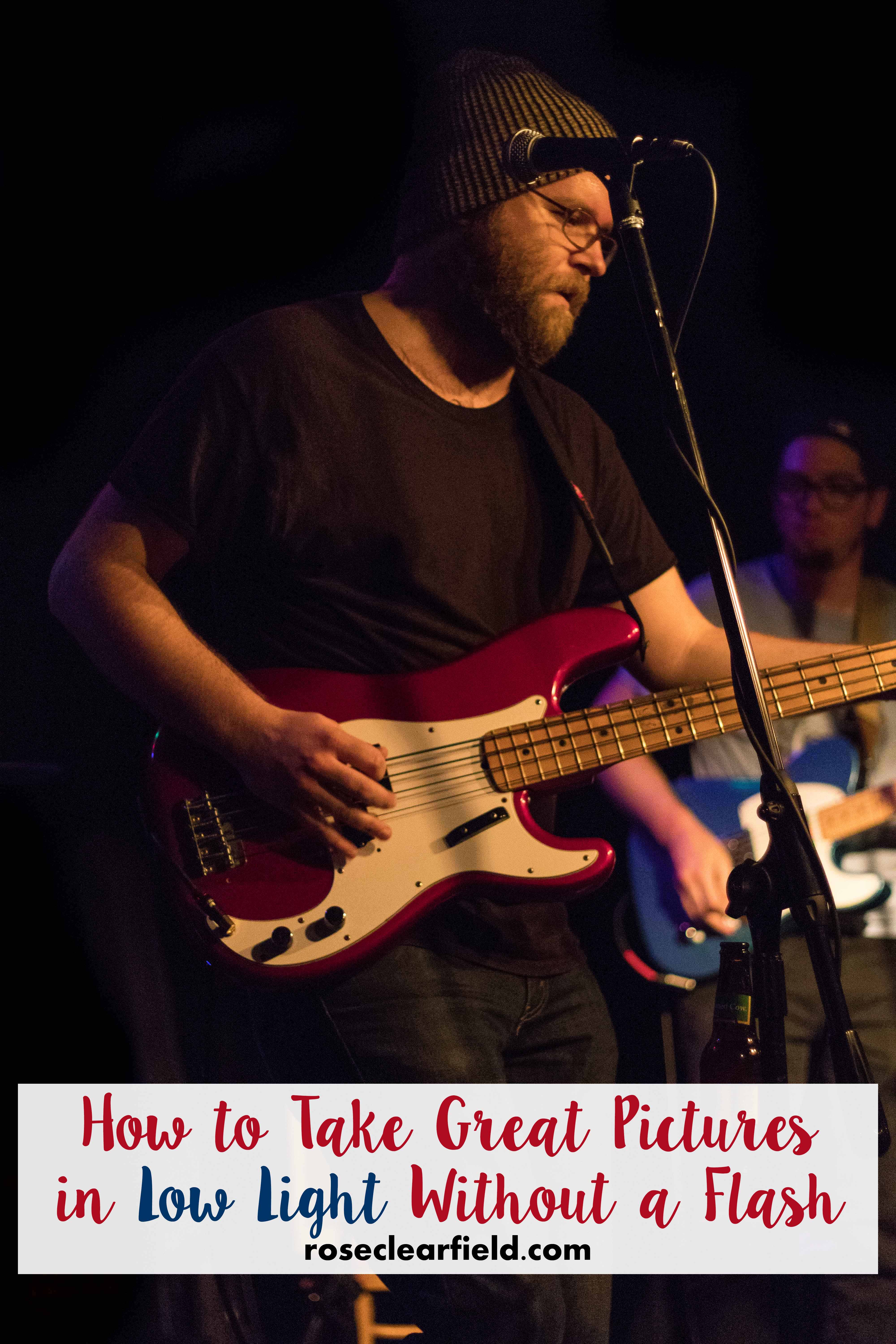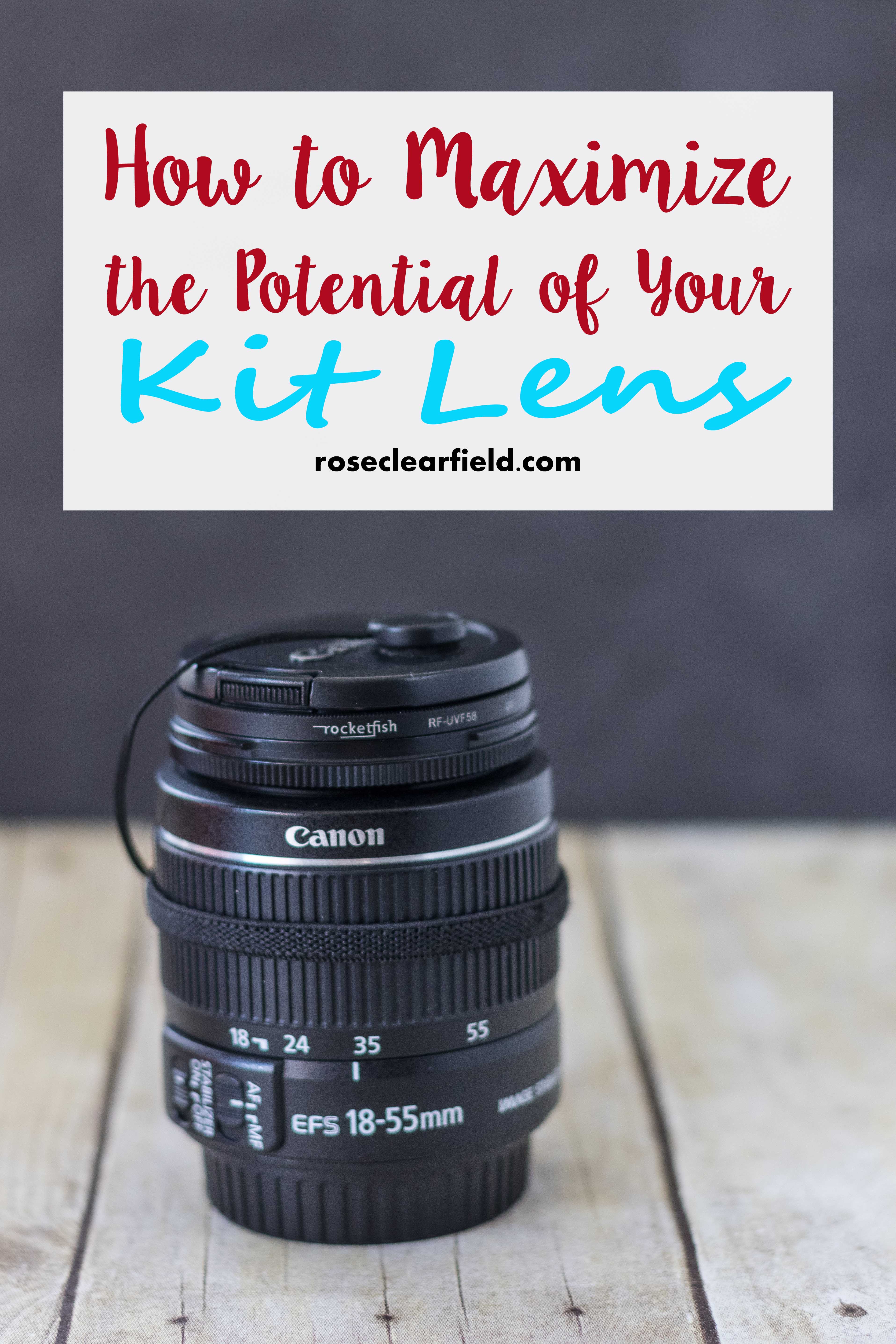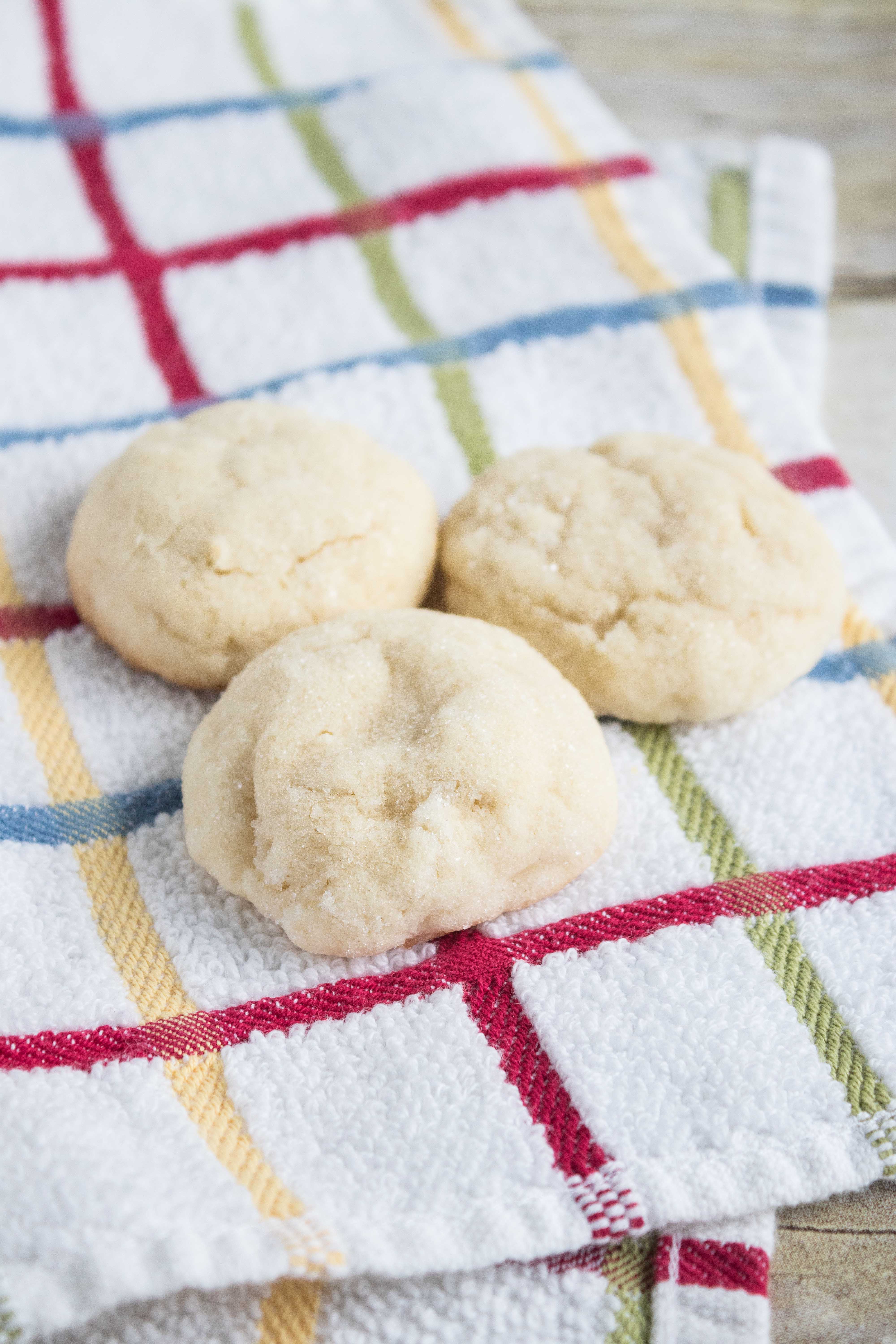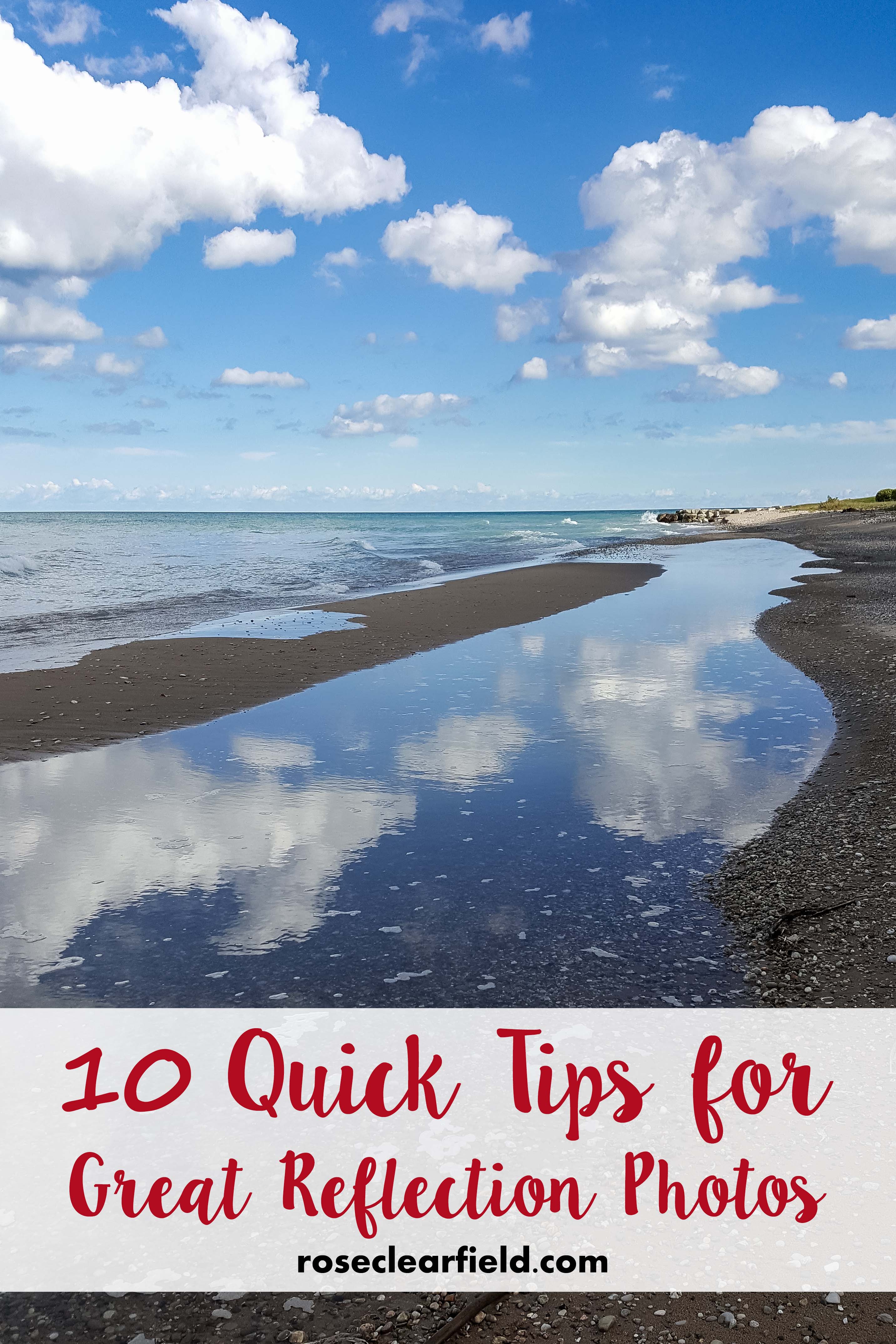2017 Goals Summary #4: Photo Editing and Backing Up
I set some really ambitious 2017 goals for myself. I posted regular monthly updates for my goals through May and then continued to work on the goals through the remaining seven months of 2017. I’m sharing my overall outcome with my 2017 goals before sharing my 2018 goals.
Goal #4 was to edit, export, and back up all of my 2015 and 2016 photos. I went into 2017 with a huge backlog of photos in Lightroom. I was way overdue to get caught up on editing and clean up my Lightroom catalog. I also wanted to make room on my hard drive for photos from our 2017 Europe trip. Although I didn’t spell out a goal for new photo editing, exporting, and backing up (aka keeping up with 2017 photos), keeping up was part of this goal.
…
2017 Goals Summary #4: Photo Editing and Backing UpRead More »
2017 Goals Summary #4: Photo Editing and Backing Up Read More »

